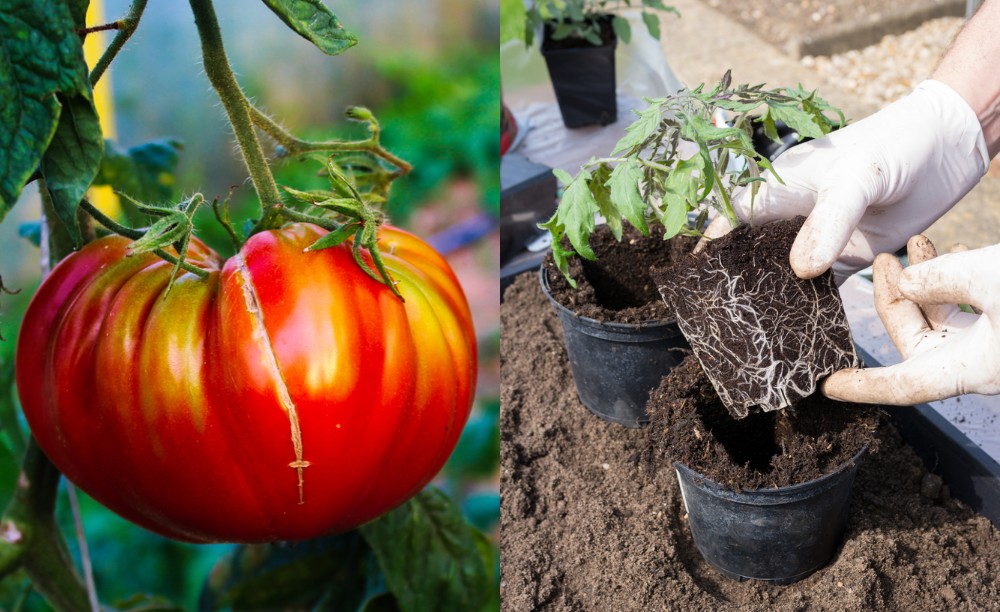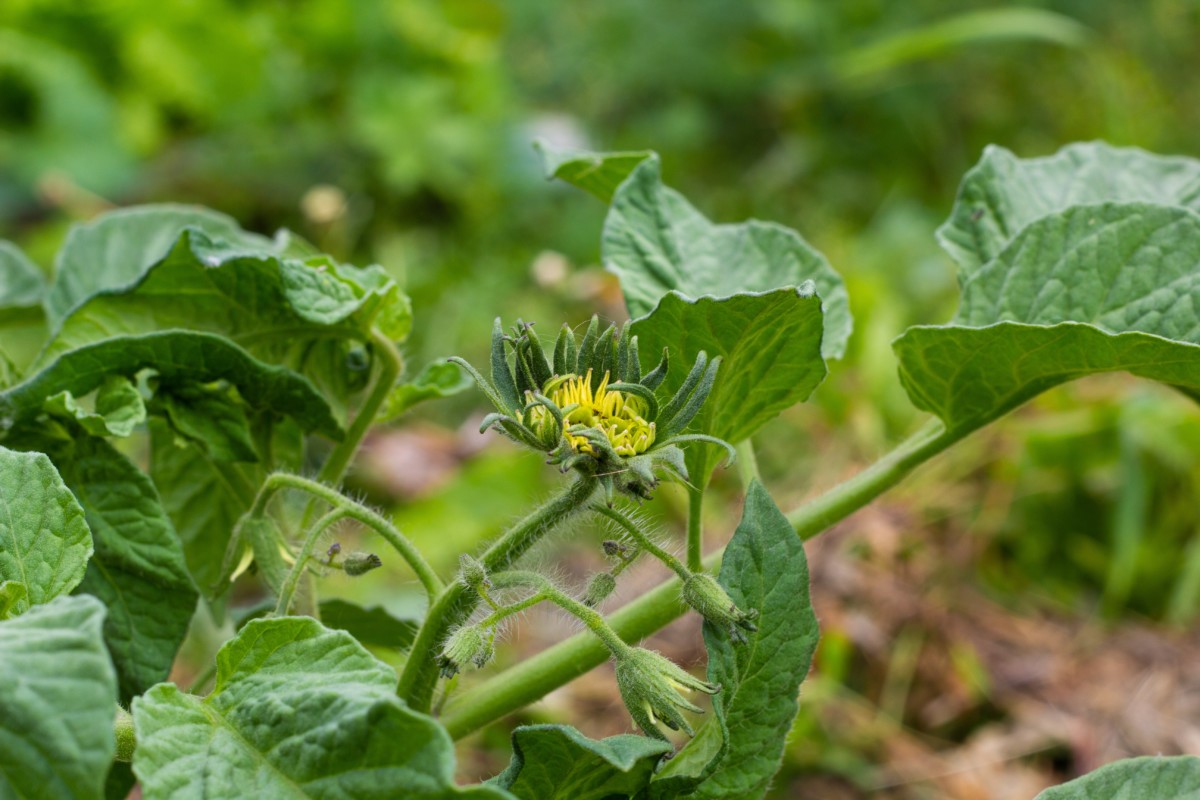
Tomatoes are dangerous. It seems that no other fruit in the home garden causes such fevered coddling, fussing, pride and competitiveness among gardeners. These bright red fruits can bring out the little green monster in the most mild-mannered gardener.
There are many kinds of tomato devotees.
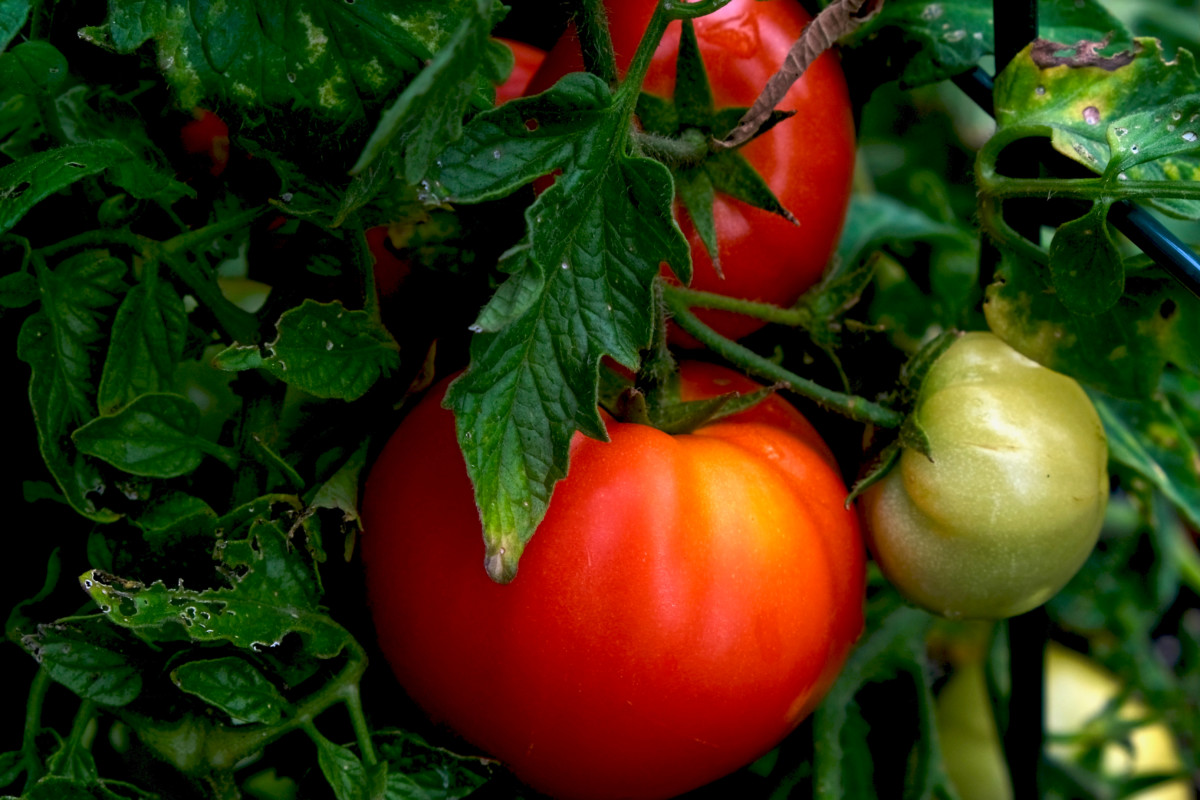
There’s the one out in their greenhouse in January with space heaters trying to grow tomatoes before anyone else in the neighborhood. They show up to the Memorial Day picnic with a salad topped with fresh tomatoes, weeks after we’ve just got our tomatoes in the ground.
There’s the tomato gardener who only grows tomatoes and doesn’t have the time or soil for anything but tomatoes, and they’re growing sixteen different varieties this year.
And then there are ones who are in it for the sheer poundage. Whether it’s growing the most tomatoes overall or growing a single tomato the size of a basketball, regardless, they’ll never tell you their secret fertilizer recipe.
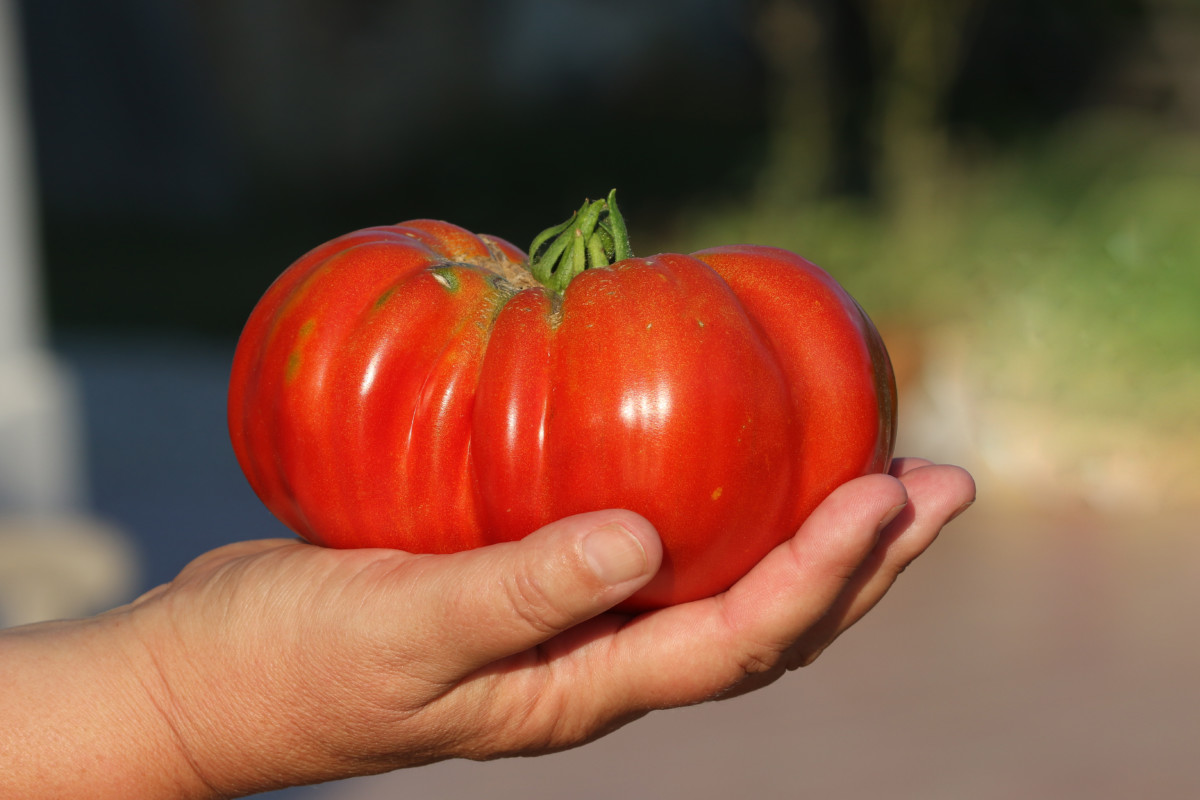
Who knows, maybe one of these is you?
No matter what type of tomato gardener you are, if you’ve been growing them for a while, you’ve probably heard of the mythical tomato megabloom. Perhaps you’ve had a few show up in your garden.
These bizarre anomalies are discussed on gardening forums and Facebook gardening groups across the internet. Usually, there is a post starting with, “What is this thing?” and an accompanying photo with a flower that looks more like a dandelion than a tomato flower.
Let’s unravel the mystery of these freaks of nature and talk about why you should keep an eye out for them and what to do with them when they occur.
What is a Megabloom
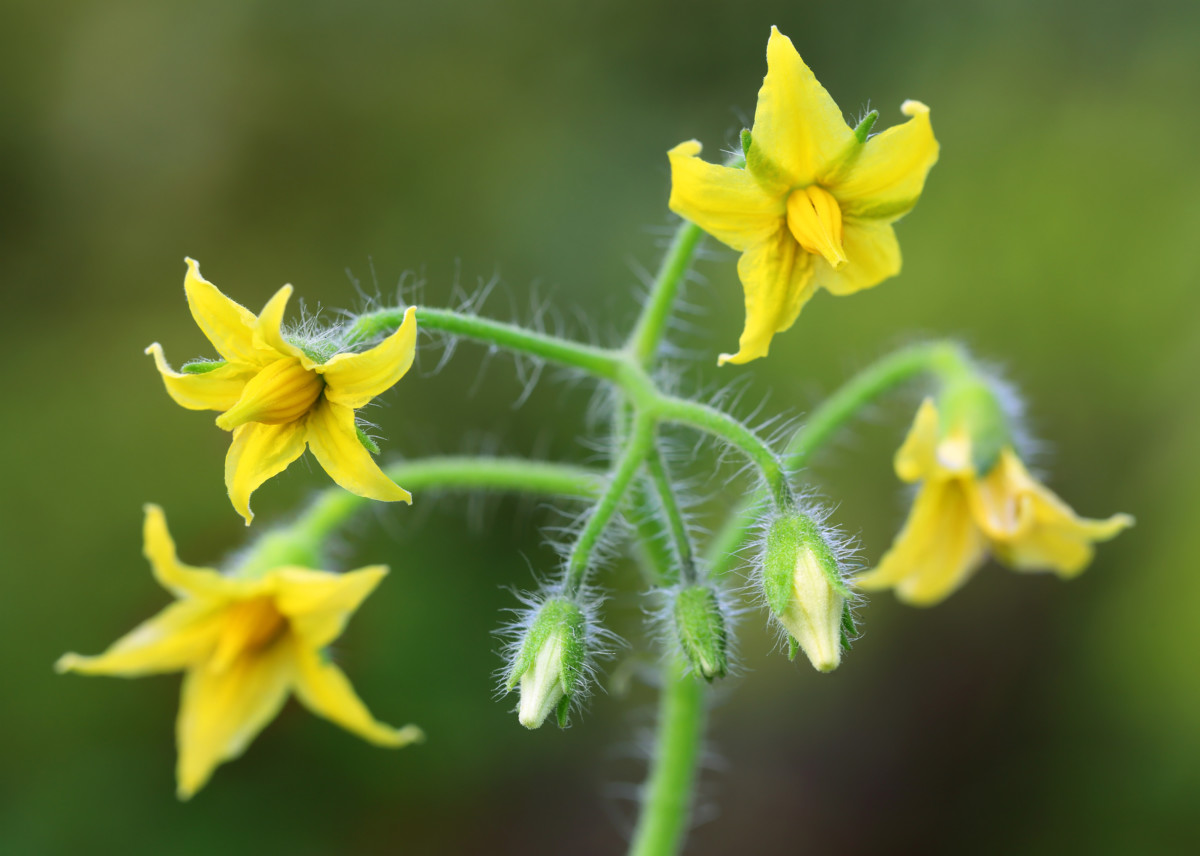
Basically, a tomato megabloom is a bloom with more than one ovary caused by a glitch in the tomato’s genes.
What should have been multiple separate flowers fused into one large bloom that carries two or more ovaries. Gardeners have reported megablooms that appear to be made up of four, five or even six fused flowers.
They are usually pretty easy to spot as they have a tendency to look like a dandelion with all of their extra petals. A normal tomato blossom will have five to seven petals with a single pistil in the center. Your best clue is to look closely at the pistil, there should only be one.
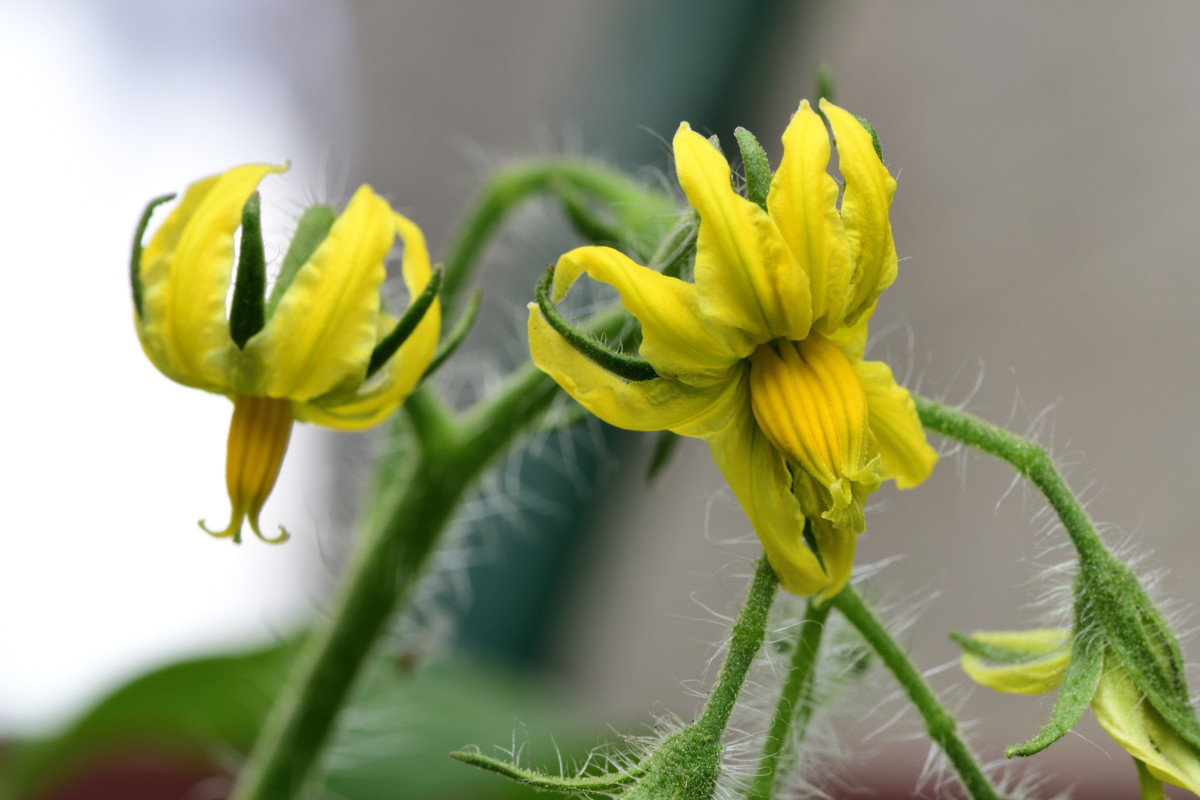
That’s a lot of potential tomato. Or is it tomatoes?
Are Megablooms Bad for Your Tomato Plant?
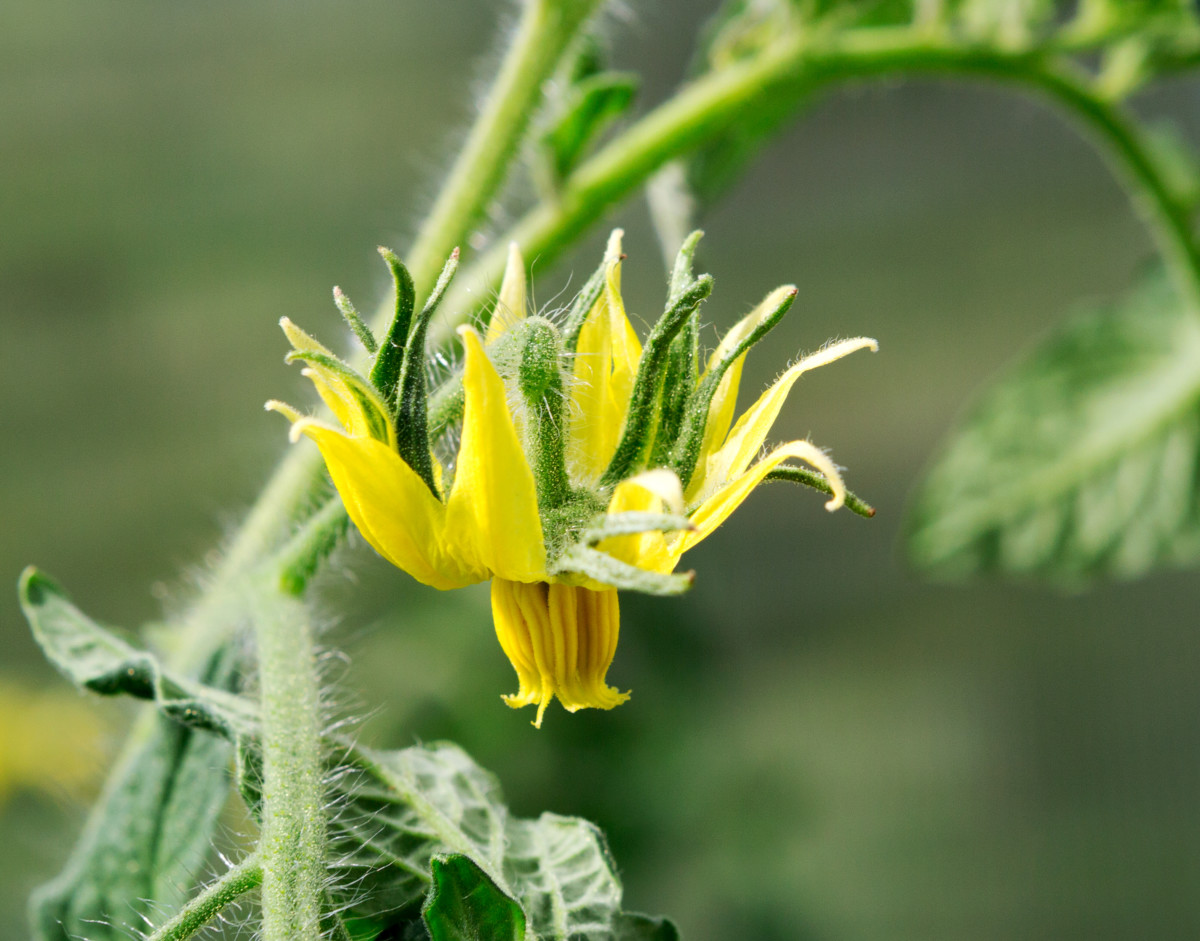
Yes and no. If you’re finding a megabloom on your plant, your tomato has already experienced stress, which has caused the gene mutation. The worst is over because now you get to decide the blossom’s fate. When you grow tomatoes outside, this only tends to happen with the first few fruits. I’ll explain why when we talk about what causes these megablooms.
These fused blossoms aren’t necessarily bad for your tomato plant once formed. However, if left to grow, they can be a drain on the plant as it funnels extra energy and nutrients into the bizarre many-fruited tomato. It’s a bit like your tomato plant growing conjoined twins. Or even triplets.
What Causes Megablooms
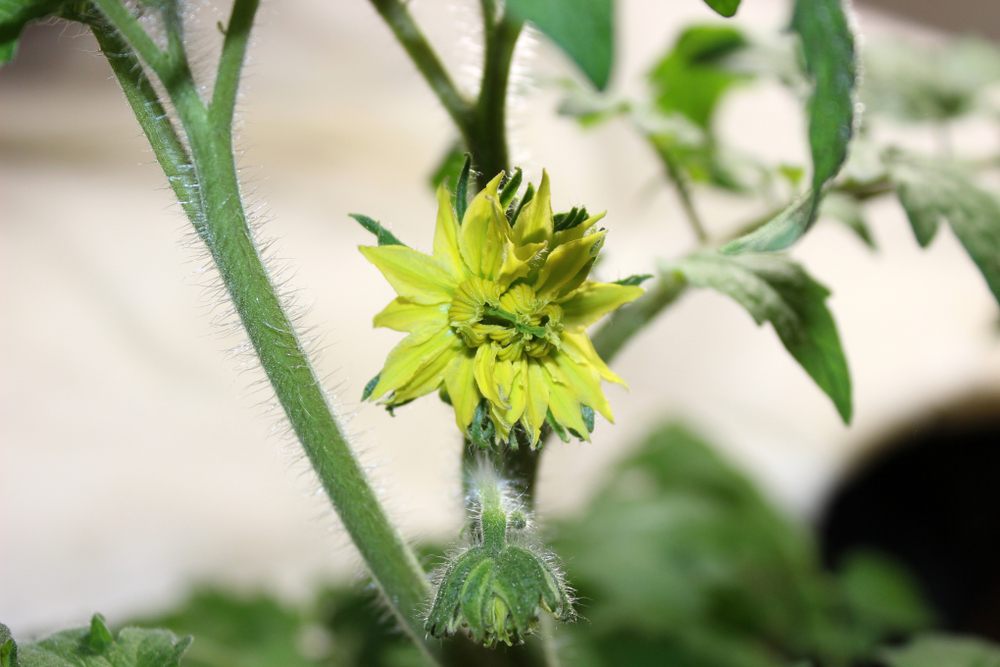
A 1998 study showed that tomatoes grown in low (but not freezing) temperatures cause disruption to some of the genes responsible for the formation of the flowers put out by the plant. These mutations end up in fused flowers with more than one ovary, making it possible for that one megabloom to produce more than one fruit.
When grown outdoors, research shows that these mutations generally only happen to the first fruits of the tomato. This is likely due to the weather warming up as the tomato grows, ensuring future blooms develop normally.
If you think about where tomatoes originated from, Peru, Bolivia and Ecuador, it makes sense that they wouldn’t develop normally in cooler weather.
Anecdotal accounts suggest that megablooms occur more often in varieties of hybrid tomatoes that are grown for their size. Not much research has been done to confirm this.
How to Prevent Megablooms
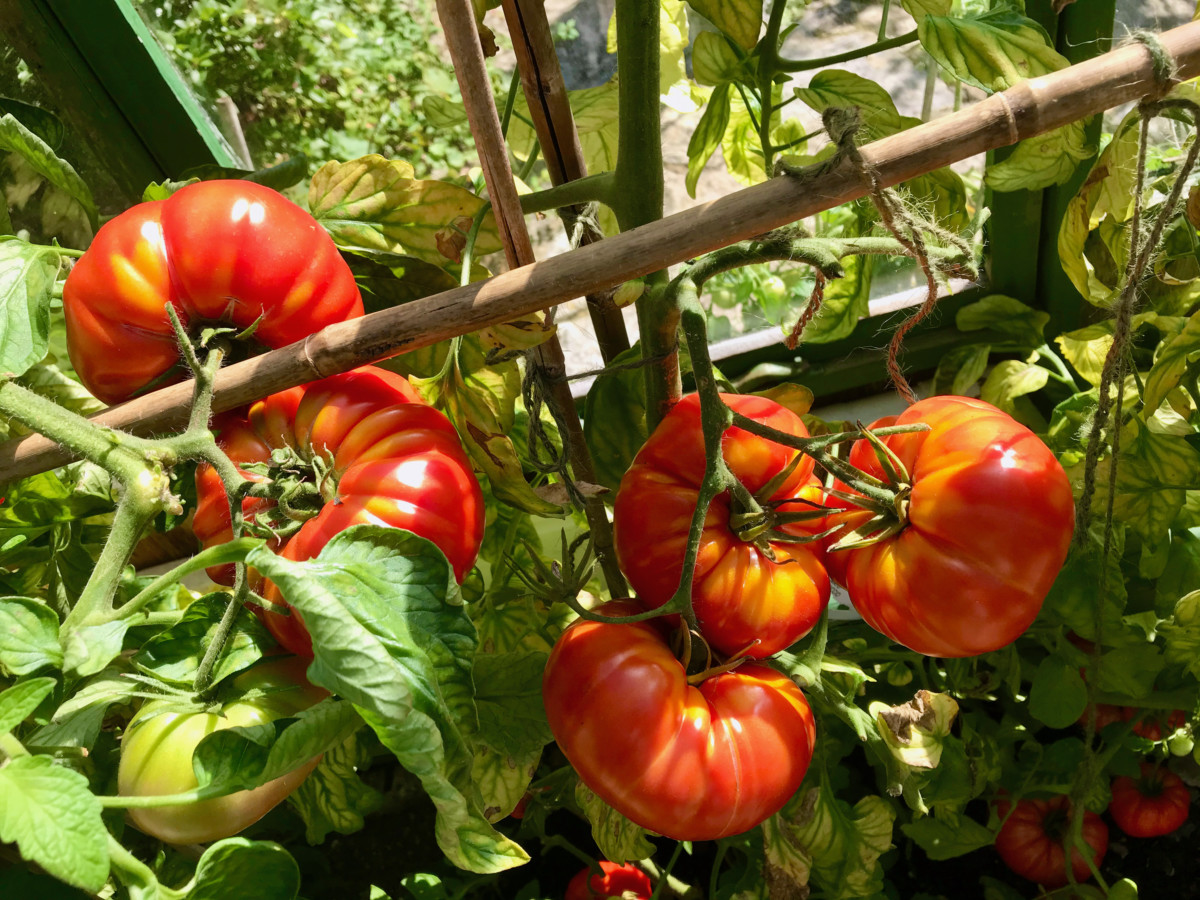
If the idea of nature doing freaky things to your precious tomato crop causes you heart palpitations, don’t worry, there are a couple of things you can do to prevent them.
Temperature
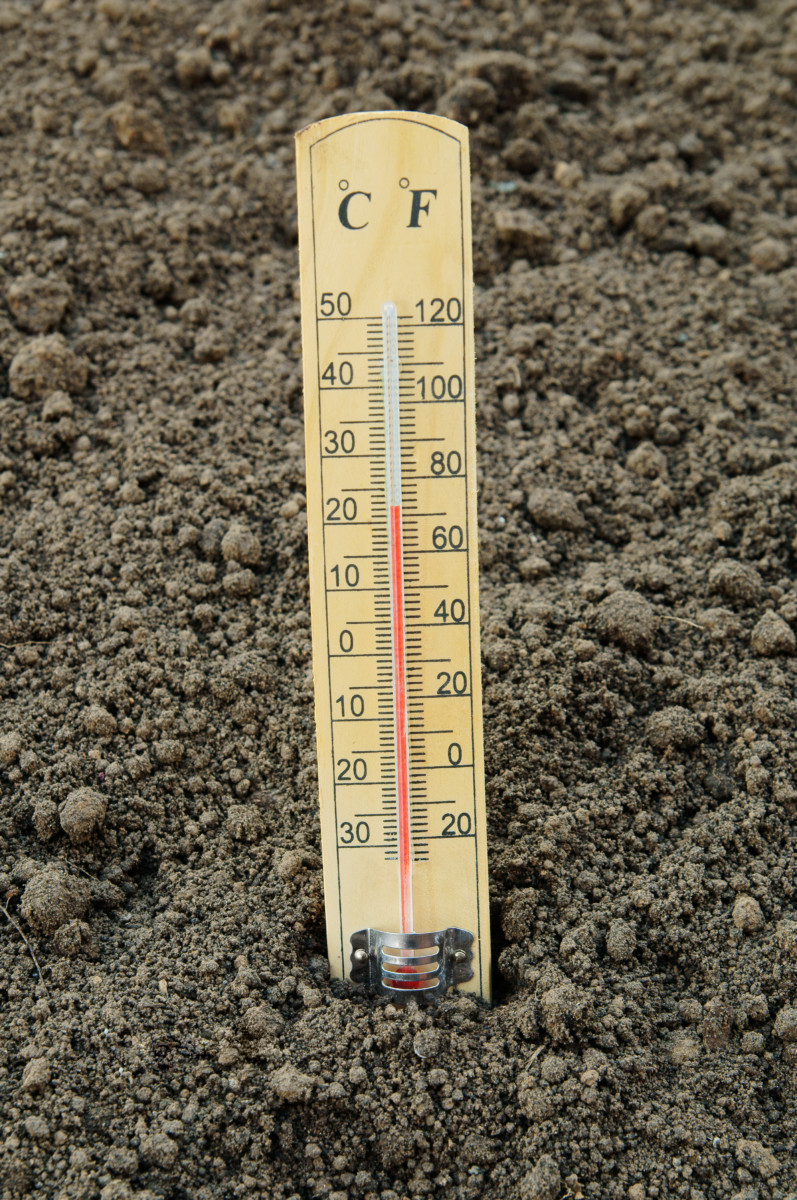
Most tomato gardeners know to wait until all danger of frost has passed before planting transplants outside. However, consider waiting a little longer if you want to avoid megablooms and ensure healthy, stress-free tomatoes.
Soil temperatures should stay at a steady 65-70 degrees, and nighttime air temperatures should consistently be 55 degrees or above.
Variety
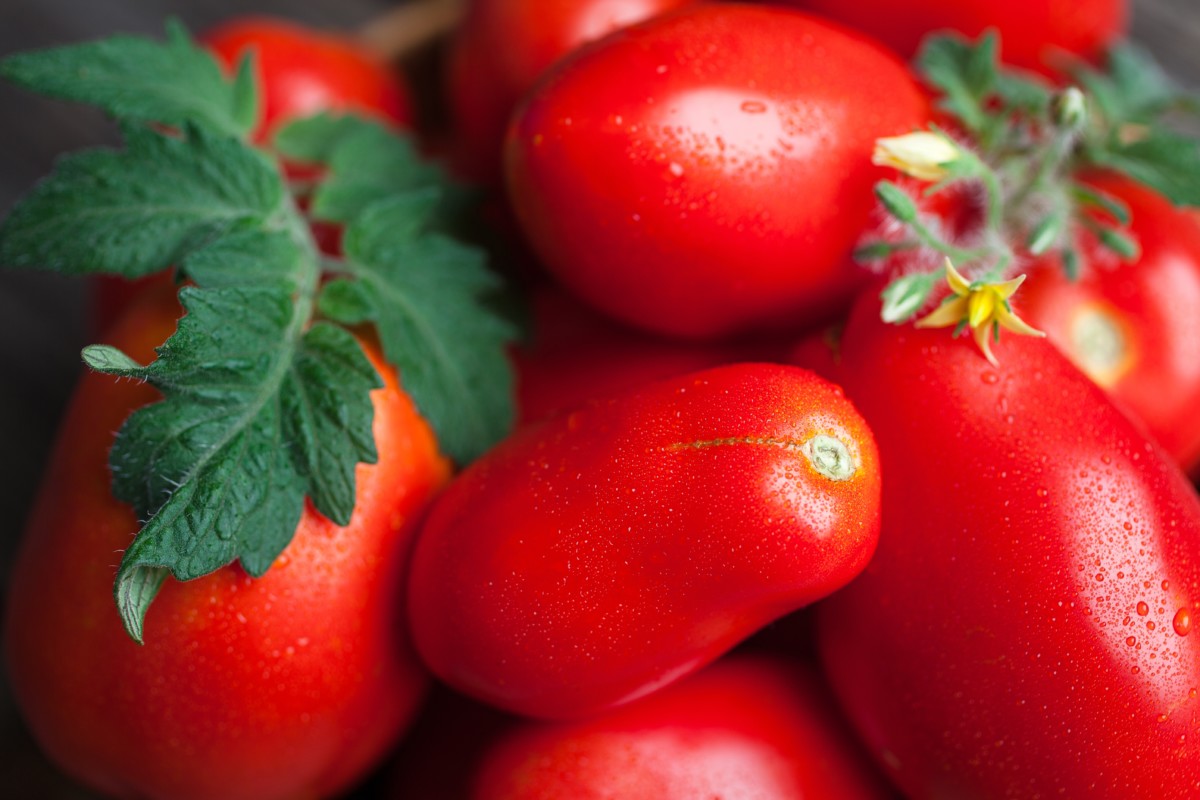
Choose to grow smaller varieties and forego the tomato varieties as big as a softball. What you lack in size, you will make up for in quantity and flavor. You can also choose to grow heirloom varieties rather than hybrids.
To Pinch or Not to Pinch, That Is the Question?
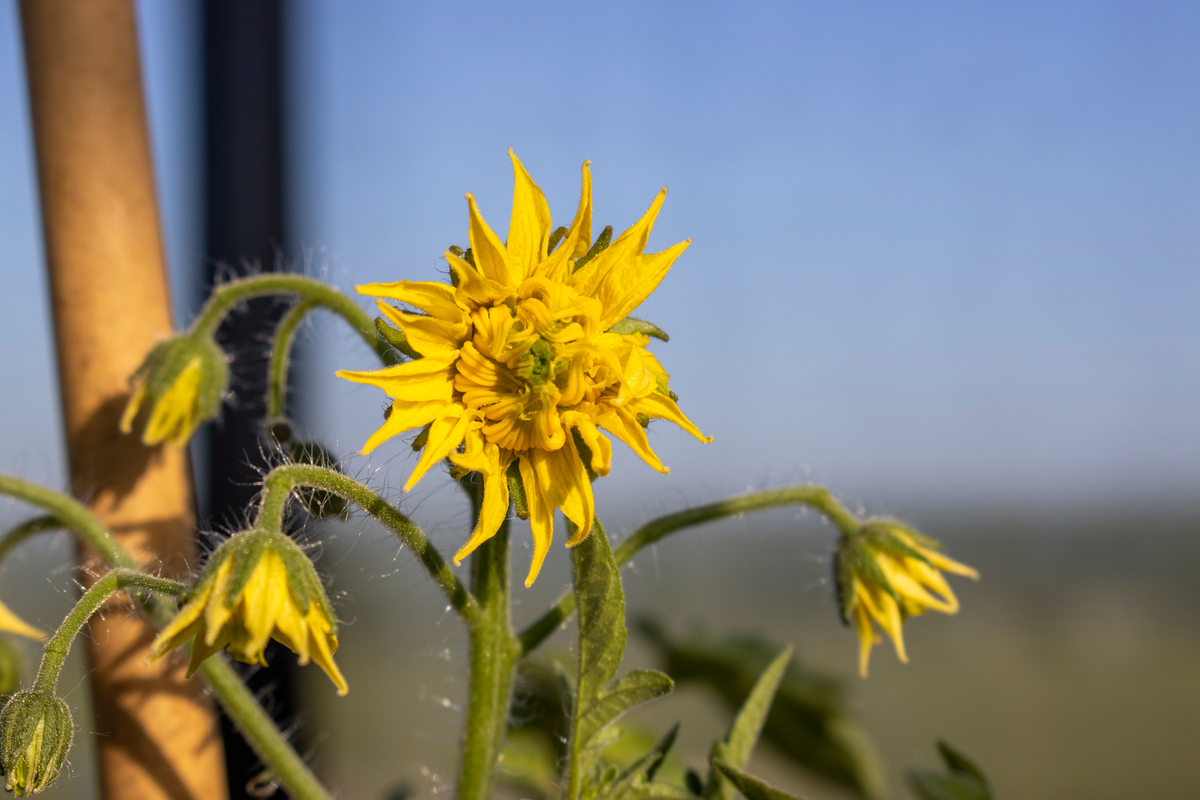
But what do you do if you’ve found a megabloom on your tomato plant?
It’s entirely up to you. Remember, it isn’t inherently bad for the plant. But you should consider a few things before you nip it in the bud.
Because that megabloom is supposed to be several tomatoes rather than one, it will require a great deal of nutrients, water and energy from the plant to grow. Other healthy blossoms on the plant will most likely suffer.
If you’re only growing one plant of that particular variety of tomatoes, it’s best to pinch the blossom off. Pinching the malformed blossom will cause the plant to put out more healthy blooms rather than wasting energy on the franken-tomato.
But, if you’re growing other tomato varieties and plants, why not leave it and grow it.
It’s a nature-made science experiment right in your garden. You can pinch any new blossoms from the plant leaving just the megabloom. The plant will put all of its energy into that one fruit, and you have the possibility of growing a whopper of a tomato. If you’re looking for an entry for the largest tomato at a fair, that megabloom could be your ticket to a blue ribbon.
If you decide to let it grow, consider hand-pollinating it, as it will require extra pollen for all the extra ovaries.
Just remember, the resultant tomato is not going to be pretty. They often grow into funky conjoined tomatoes; sometimes, they crack and split or become catfaced. And sometimes they turn out perfectly fine, just massive. In the end, they are still edible.
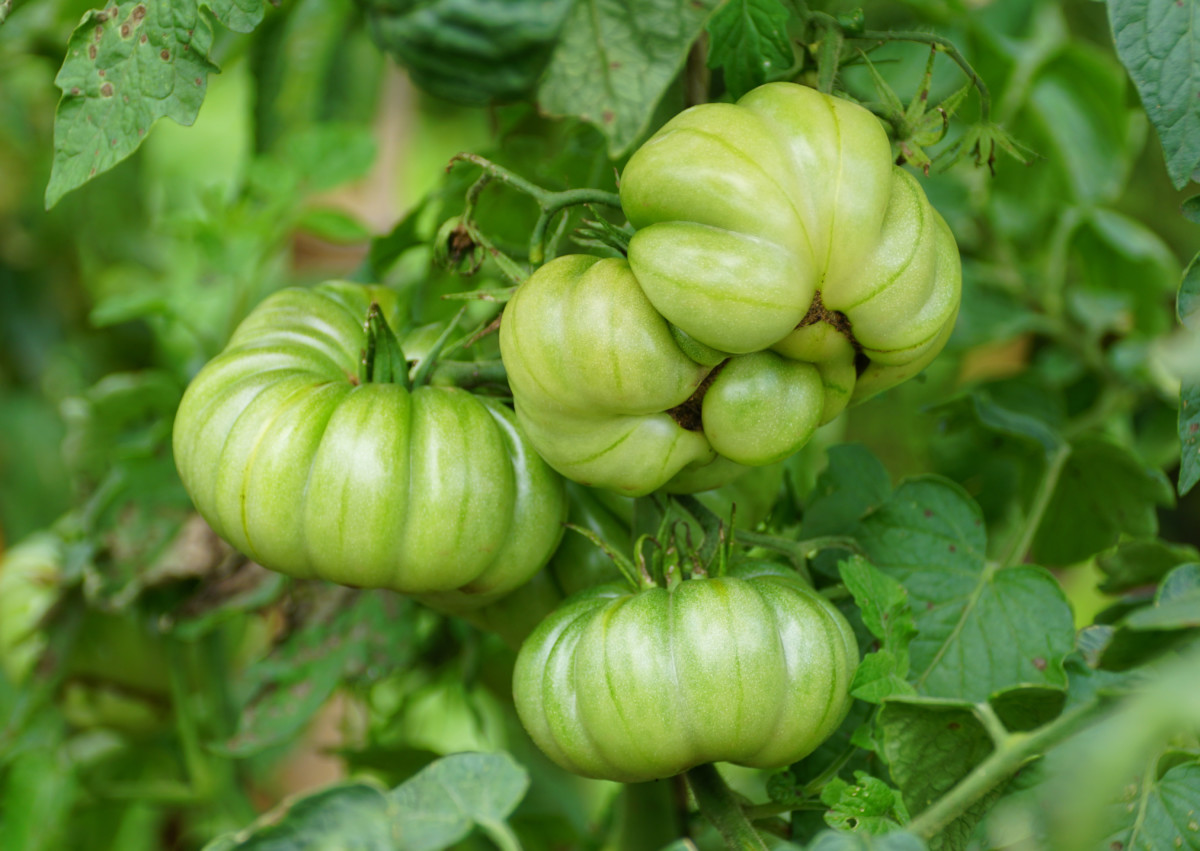
It’s good to check your tomato plants for megablooms as your plant begins to put out the first flowers for the season. You may or may not encounter these bizarre buds, but at least now you know what to do when you find one.
Read Next:

Get the famous Rural Sprout newsletter delivered to your inbox.
Join the 50,000+ gardeners who get timely gardening tutorials, tips and tasks delivered direct to their inbox.


